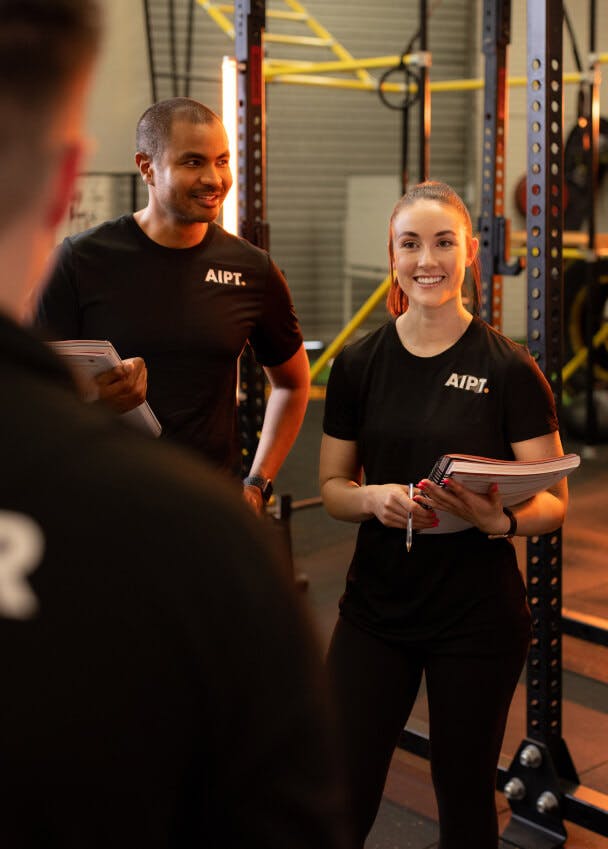07 Mar 2016
Why Do Personal Trainers Need Insurance?
A critical element of running your own personal training business is not only having the required qualifications necessary to provide training advice but also ensuring you have the insurance to protect yourself, your business and your clients.
Before you start offering your services as a Personal Trainer, consider the following:
Insurance
Industry novices commonly overlook the fact that personal trainers need insurance. Cover can differ depending on where you work and whether you’re self-employed. In any Australian fitness facility, you should have both public liability and professional indemnity insurance to protect you against potential legal action from both clients and members.
What kind of personal training insurance is available?
There are two types of insurance – Public Liability and Professional Indemnity Insurance. The first covers your business against third-party claims for property damage or injuries. For example, if there is an accident at a training session and it’s your fault, you could be liable for the cost of replacing damaged property or for compensating an injured person.
The second protects you against claims made by clients unhappy with your services. If a client alleges you’ve been negligent, this type of policy covers the cost of defending you – whether the claim’s valid or not. If you are in the wrong, your insurer pays for any compensation you’re liable for, up to your policy’s level of cover.
What Kind of Insurance Should I get?
GYM/FITNESS CLUB EMPLOYEE
Most facilities have Liability Insurance that covers approved services offered by contracted personal trainers, however, not all of them have insurance for individual trainers themselves. Check this with your employer.
SELF-EMPLOYED
If you’re self-employed, you’ll need Liability Insurance. This covers all activities you engage in as a fitness professional, however there are specialised services which aren’t covered, including physiotherapy, self-defence, swimming coaching and contact boxing.
You should also consider Professional Indemnity Insurance, which will cover you for claims that arise when a third party alleges that your professional advice or services are negligent and have caused them a loss.
It’s recommended that you contact a specialised lawyer or sports insurance broker to ensure you’re comprehensively covered as both a trainer and a business owner. These professionals typically offer flexible insurance packages with options to increase your cover depending on your level of qualifications and the type of services you’re offering.
Registration
Registration with health and fitness industry associations is not essential for personal trainers, but it’s a useful gauge for your clients because to be a member you must be qualified, have a current industry-approved first aid certificate and be passionate about continuing your professional development. And that’s a definitive confidence boost for all.
Qualifications
In Australia, all personal trainers must possess a regulated, nationally recognised certification, which essentially means formal qualifications. Obtaining a Certificate III in Fitness (to become a Fitness Instructor), or a Certificate IV in Fitness (to become a Personal Trainer) are the bare minimum educational requirements, however many registered training organisations can sharpen your competitive edge by offering specialised courses, such as a Diploma of Fitness.
Want to start your own Personal Training business? Make sure you're equipped with the right qualifications to work as a professional Personal Trainer. Call 1300 616 180 today.
Related Articles

Maximise the Rest of 2025 With Your Fitness Career
Finish 2025 strong. Learn how personal trainers can grow their fitness career, attract more clients and upskill before the final campus intake closes.

Career Opportunities in Fitness: Which Path is Right for You?
Explore career opportunities in fitness. Discover roles, salaries, and training pathways to start your health and fitness career today.

Industry Supplier
Proud member of

© Australian Institute of Personal Trainers | RTO Number 32363
